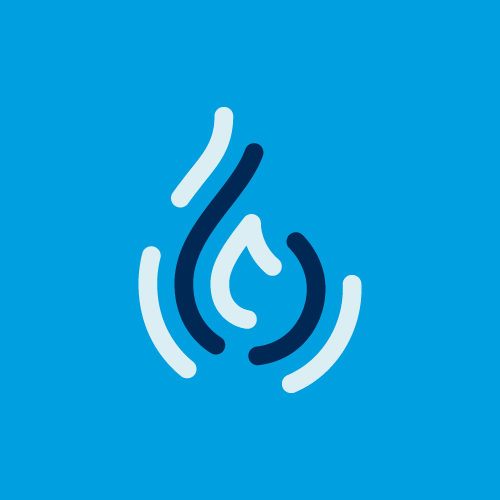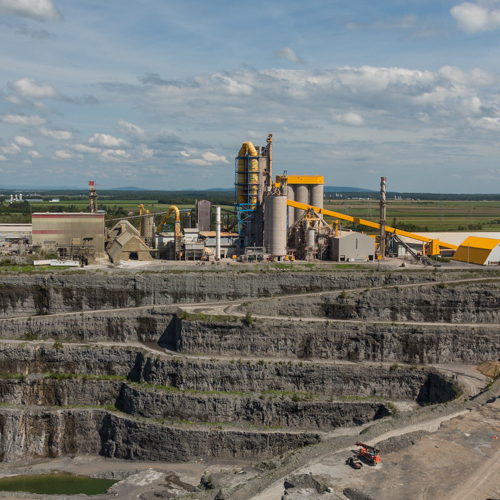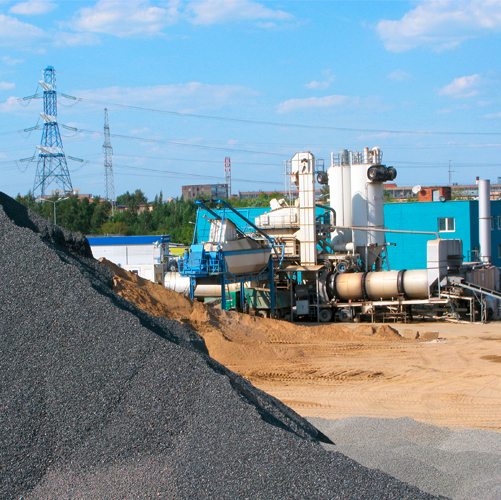Québec is on the verge of obtaining its first LNG terminal, and energy is a hot topic. Awareness of our dependence, our growing energy needs and the inevitably rising costs of different energy sources lead us to look for other solutions.
Solar energy, popular in the energy crisis of the early 80s, is making a comeback in the media spotlight. Why not take advantage of the sun, a renewable energy source that can contribute to our energy balance?
Is there interesting potential in our northern country?
When we look at solar radiation in different northern cities in relation to degree days, we find that Montréal, Québec and Sherbrooke are very well positioned compared to other cities. Solar radiation of 800 kWh/m2 thus can be used over a long period, corresponding to 4500°C degree-days, which helps make installation profitable.
What about the number of days of sunlight?
Montréal would benefit from 2000 hours of sunlight per year, the equivalent of Miami! In comparison, Newfoundland, Rome and London have 1500 hours of sunlight per year and Vancouver has 800.
Thanks to its irradiation, the sun is a considerable source of energy on Earth.
The sun’s rays strike the earth at an angle, because its axis of rotation is tilted 23.45 degrees to the perpendicular of the plane formed by the Earth’s orbit and the solar equator.
Because of this tilt, the angle of incidence of solar rays with a zone on the Earth’s surface vary throughout the year. This variation is the main reason for the change of seasons. Two phenomena are the cause: variations in the distribution of solar radiation on the Earth’s surface and the change in the number of daytime and nighttime hours.
Based on these facts, is popular belief correct in assuming that roofs are the best place to capture solar energy?
Québec mainly needs heat in winter, when the sun’s rays reach us at a low angle. A horizontal surface therefore is not ideal. In fact, the optimum angle would be 70° above the horizontal. A southern orientation is also recommended.
For economic and esthetic considerations, most solar walls are vertical. However, inclined roof collectors optimize a large unused space.
Centre avicole inc. in Wickham
Centre avicole inc. installed two solar walls for its henhouses over two years ago. Figure 1 shows us a typical working principle.

The solar wall is composed of a solar collector installed on the sunniest outer wall of the building. It consists of a simple perforated dark metal plate. The air in contact with the metal is preheated and then sucked into the small holes, into the space between the plate and the bearing wall. The preheated air is then distributed in the building through the ceiling.
This system has many advantages for the owner. Most significantly, 45% was saved on natural gas bills over the past two winters. The benefits don’t stop there. Air quality was greatly improved because the number of air changes per hour increased, at no additional cost. The excess heated air is directed into the building nonetheless and the exhaust rate is increased so as not to overheat the interior.
In this environment, the ventilation rate has a direct impact on the quality of the chickens produced. A better ventilation rate dries the litter, reduces the risks of disease and decreases the ammonia rate in the ambient air.
Also, since the air is sucked through multiple perforations at low speed, the outdoor particle entrainment effect is much lower. Filter changes are thus less frequent.
Bombardier plant in Ville Saint-Laurent
A solar wall was installed about ten years ago at the Bombardier plant in Ville Saint-Laurent. Energy savings of 29,250GJ a year have been estimated. This represents a cost today of about $380,000 a year. The solar wall is still performing efficiently and show no sign of wear. Maintenance is limited to the damper motors. The initial area was reduced slightly due to expansions required for the plant’s needs.
Even at night, the solar wall adds an insulation factor to the outer wall, because heat losses through the wall reheat the air in the space between the collector (perforated wall) and the building. The outer wall’s thermal resistance increases to nearly R50.
For buildings with high ceilings, the ventilation system accompanying the solar wall allows air destratification by mixing the hot air near the ceilings with the air coming from outdoors.
In conclusion, solar walls are used increasingly and offer many advantages. The simplicity of the concept and the performance measured make this a technology to consider for anyone wishing to benefit from renewable energy.
The Gaz Métro Energy Efficiency Fund grants an amount of $1 per cubic metre of natural gas saved for use of the solar wall. This reduces the payback period, which generally is within 3 years. You will find the details of this program on the Website at www.fee.qc.ca.
A tool also exists to estimate the potential energy savings with systems such as solar walls. The RETScreen® International software is free and available on the Website of the CANMET Energy Technology Centre in Varennes: https://cetc-varennes.nrcan.gc.ca/en/index.html. Project modelling databases are available.
Natalie Saucier, Eng.
Technical Advisor
DATECH Group
Reference: Système de chauffage solaire de l’air de ventilation des bâtiments, Agence de l’efficacité énergétique du Québec
Acknowledgments to Mr. Réal Savaria, Solag and Mr. Christian Vachon, Énerconcept
Continue reading










